I love seascapes. There's nothing like the feeling of water rushing past while the sun rises over the ocean. I've photographed seascapes a TON living on the Central Coast of Australia so here are a few shots & some tips that have helped me capture better seascape images.
1. Scout locations in low-tide
I used to rock up to a location for sunrise & capture haphazardly. This generally ended in disappointment when a high tide prevented me from even accessing a good spot. So one of the best things I've found is to go to a location early, preferably in low tide. Doing this will allow you to get an idea of an area & see how the water & waves interact with the environment. If you don't want to bring your camera when scouting use your phone to help create a database of compositions ready for that sunrise or sunset shot.
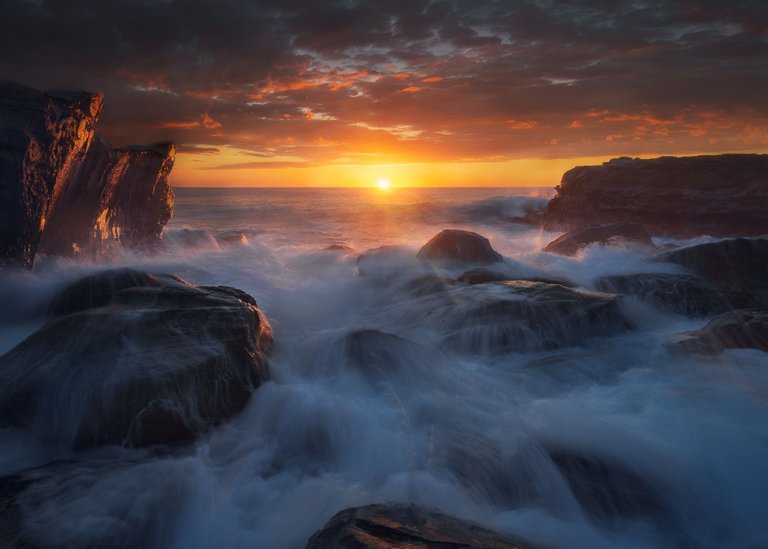 - ISO 125 25mm f/18 1/5sec
- ISO 125 25mm f/18 1/5sec
2. Capture images with a shutter speed under 1sec
Capturing seascapes with a shutter speed under 1 second (my personal fav is around 1/6 sec) gives a nice amount of detail & movement without being too blurry.
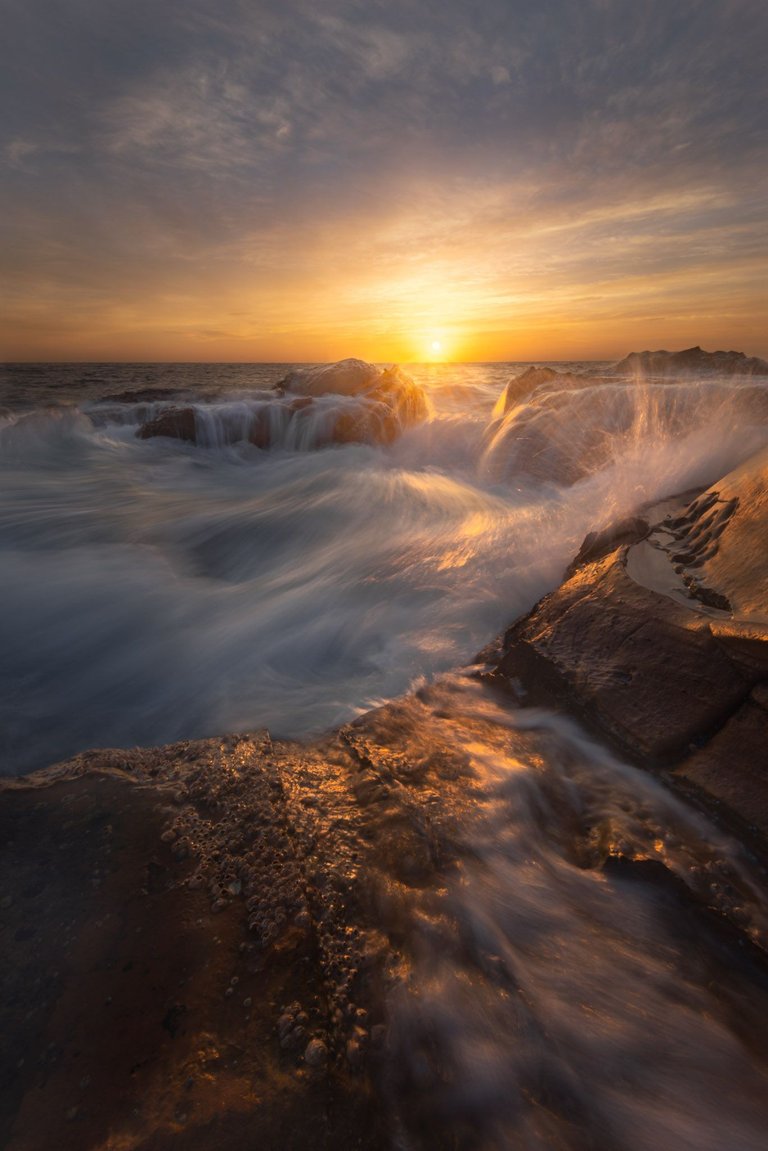 - ISO 80, 16mm, f22 1/4sec
- ISO 80, 16mm, f22 1/4sec
3. Experiment capturing images handheld
You might be surprised that most of the seascape images I take are actually hand-held! I found I was able to get in & out of compositions easier which helps a lot, especially when the two things cameras hate are water & salt.
To do this time the wave or water movement, take a big breath in, brace & take the shot then breath out. Doing this will hold your body as steady as it can be.
*Note: I shoot with a Nikon d610 which has zero in-body stabilization
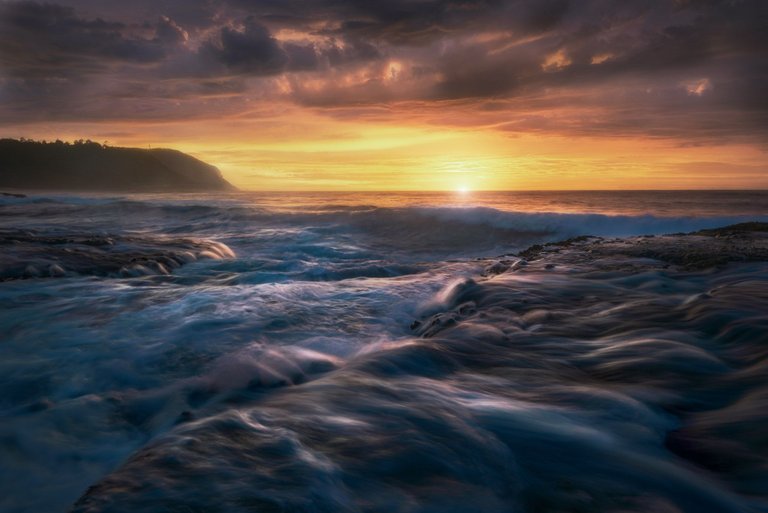 - ISO 160, 18mm, f13, 1/4sec
- ISO 160, 18mm, f13, 1/4sec
4. Prevent your lens from getting too wet.
Cameras don't like water & images can get ruined by blobs of the stuff landing on the front lens element. To stop this bring a small microfibre cloth or towel & cover your lens until you're sure you'll need it to capture an image. Also bring a handheld blower as well for when the inevitable happens & you do get water droplets - try your best to avoid using the microfibre directly onto the glass where possible because I've found it just creates smudges.
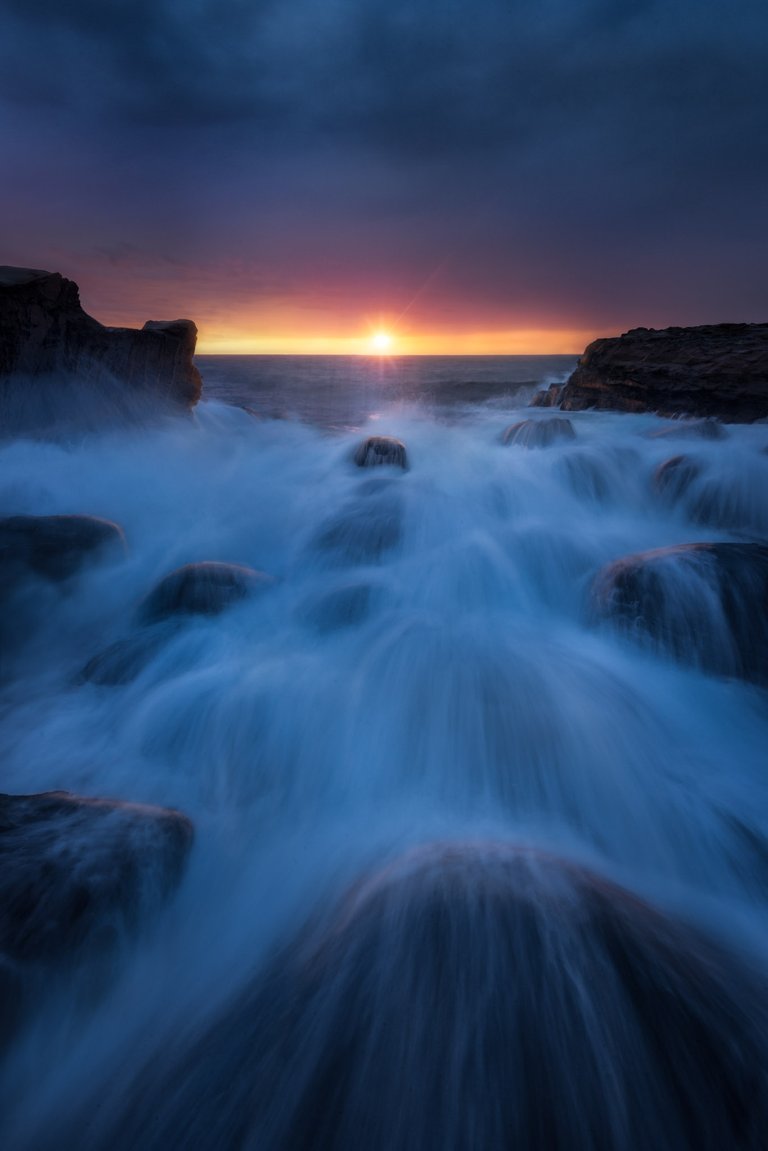 - ISO 250, f/18 at 1/6 sec
- ISO 250, f/18 at 1/6 sec
5. Always have a way to get out.
Rogue waves are a thing you don't want to have to deal with especially with a camera. I've seen a few rock fishermen fall over the edge into the water (with lifevests thank goodness) due to a crazy wave & have been hit by a few myself (camera survived, as did I). ALWAYS have a get-out plan & a path memorized to get away as quickly as you can if a wave hits.
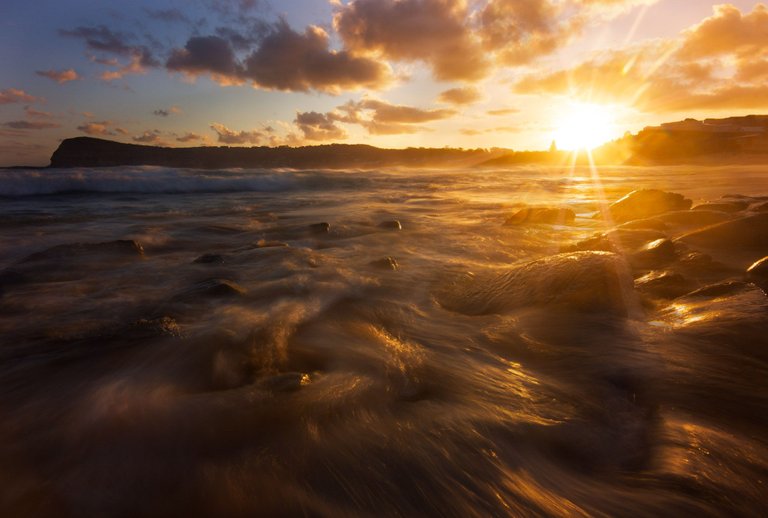 - ISO 400, 16mm, f13 1/6sec
- ISO 400, 16mm, f13 1/6sec
I hope these tips helped & happy seascape shooting! 🌊🌊
Tips were originally part of a video on my Youtube Channel
Other places to find me:
Love the movement in these images. Beautiful set Dale.
Thanks Cath! I really love your misty forest images
You're welcome. Thanks for the comment about my misty woodlands! :)
Wow beautiful shots! I surprised you can get sharp shots with no tripod at 1/6💎 🙌
Thanks! Yeah, you'll be surprised what you can get away with
Congratulations @dalegribble! You have completed the following achievement on the Hive blockchain and have been rewarded with new badge(s):
Your next target is to reach 1500 upvotes.
You can view your badges on your board and compare yourself to others in the Ranking
If you no longer want to receive notifications, reply to this comment with the word
STOPCheck out the last post from @hivebuzz:
Support the HiveBuzz project. Vote for our proposal!
Some great tips Dale, and stunning images to go with them!
Cheers Tristan! :)
Beautiful photos and some good tips for people.
Cheers Robert! I appreciate it
Great tips and great shots, i have been thinking about getting a ND filter to able to do this kind of picture in almost every moment of the day.
Cheers Manu! - I'd suggest aiming to get to a location in the golden hours of sunrise & sunset because although an ND filter would work the type of light you get is so different
Awesome shots and tips. My first problem is getting to a location like this to take cool pictures.
Cheers Wes! I'm definitely blessed to be where I am on the coast
Some fantastic photos and great tips. Really impressive!
Thank you!
You're welcome!
Great advice, Dale! Lovely flow and light in those shots!
Thanks Kieran! I really appreciate it
never thought about no1, probably because all the sea that i visited had almost non visible tides. interesting idea.
makes sense about the handheld thing. i could even try that now that i have a camera with stabilization.
lucky i had my camera on the bag, so the wave hit the bag first so it was not drowned.
Yeah wow, the tides here are all over the place so I've gotta be careful haha
If you've got a camera with stabilization try it for sure! It's definitely a freeing experience being able to move around
I'm glad the wave hit the bag not you!
Truly gorgeous images Dale, they make me truly yearn for the ocean! That first image is especially powerful. And I love that you don't overly blur the water so you still get a sense of the movement of the waves. Just lovely!
Thanks Jessica! I really appreciate it - yeah that first image is probably my latest seascape & one of the best sunrises I've been able to capture :)
Love the water movement! O_O
And I think tip 5 is probably the most important XD
Fantastic post and seascape images!
These are awesome shots, especially if you're capturing them without a tripod.
I'm not much of an expert, but have been tasked with teaching photography, for the first time, to a bunch of Year 11's this year, so have spent the summer break learning the ropes and becoming as adept at using manual settings as 6 weeks will allow.
I've been fascinated by long exposure photography and am happy to see that it is possible to capture images such as these without needing to expose for excessive lengths of time (in what I've been learning, most long exposure shots have been at shutter speeds of 10 seconds or more). Seeing what is possible at under a second is great. It shows that students won't necessarily need stabilisation, and it also makes daytime long exposure a little more possible without requiring filters. These were two of the main reasons I was going to avoid an assessment task on long exposure, but it might just be feasible if I can apply some of your principles.